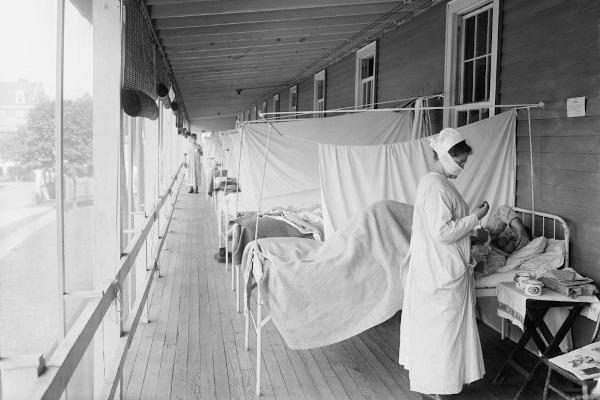Among the commemorative dates, one of the most important and with the most international repercussion is the Labor Day, or World Labor Day, which is celebrated in several countries in May 1st. But why exactly is May 1st reserved for such a celebration? The reasons go back to the year of 1886 and the city of Chicago, in the United States of America. But before we approach these events of 1886 in the United States, it is important to draw, in general terms, an overview of the situation of workers between the end of the 19th century and the beginning of the 20th century.
Historical context
From the second half of the 18th century and, above all, throughout the 19th century, industry had an exponential development. THE Industrial Revolution, which took place in England, quickly spread to Europe and also reached other continents, such as the American one. We know that, during the industrialization process, social relations and urban geography were radically transformed. This happened because the construction of industrial parks around the cities caused a great concentration of people, that is, the mass of proletarians who feed the industry with their work.
As large factories appeared, the mass of workers also grew. The reality of many workers in the 19th century was largely precarious, with strenuous working hours that added up to 15 or 18 hours a day. There were no major business plans to deal with the new reality of work in the factories, nor were there labor laws that could meet all the demands of workers.
Labor Day and unionism
In the midst of this situation, the first workers' organizations began to emerge, expressed in unions and other forms of representation. Such organizations were imbued with left-wing ideologies, such as communism and anarchism (especially anarcho-syndicalism, which had a broad support in Italy, with leaders such as errMalatesta). These workers' organizations used various strategies to put pressure on the industrialists. The general strike was the main one. It was because of a wave of general strikes in the United States in the 19th century that Labor Day became iconic internationally.
Why is Labor Day celebrated on May 1st?
In day May 1, 1886, in Chicago (USA), there was a big strike in the factories of that city, which, at the time, was already a great urban and industrial center in the United States. This strike was harshly repressed by the city's police apparatus. In the following days, the strike continued, followed by demonstrations and public gatherings. At the May 4th, many protesters were gathered in the Haymarket square, in Chicago, surrounded by police, when, at one point, a bomb exploded, injuring dozens of people and killing seven. Among the fatal victims were both police and protesters. The police retaliated by opening fire on the protesters, most of whom shared anarchist views, killing dozens of people.
Some of the protesters were accused of participating in the bomb explosion, tried and sentenced to execution. This fateful event became the symbol of the revolts and demonstrations of the following years, not only in the United States, but also in many other countries. As May 1st was the date on which events began (through the general strike), this day started to be used as a memory marker of both the workers' demands and the deaths in the Haymarket square.
Labor Day in Brazil
In Brazil, in the 1890s, there were outbreaks of homage to May 1 by groups of workers. However, only in 1924, during the president's government ArthurBernardes, May 1st was made Labor Day. The formalization was also due to the pressure that organized groups of workers began to exert, since the 1910s, in cities like São Paulo and Rio de Janeiro.
By Me. Cláudio Fernandes
Source: Brazil School - https://brasilescola.uol.com.br/datas-comemorativas/dia-mundial-trabalho.htm

